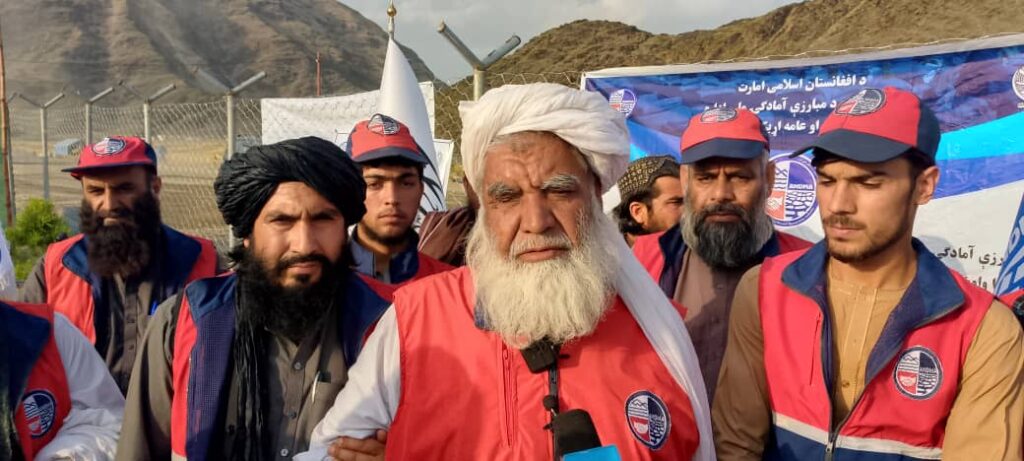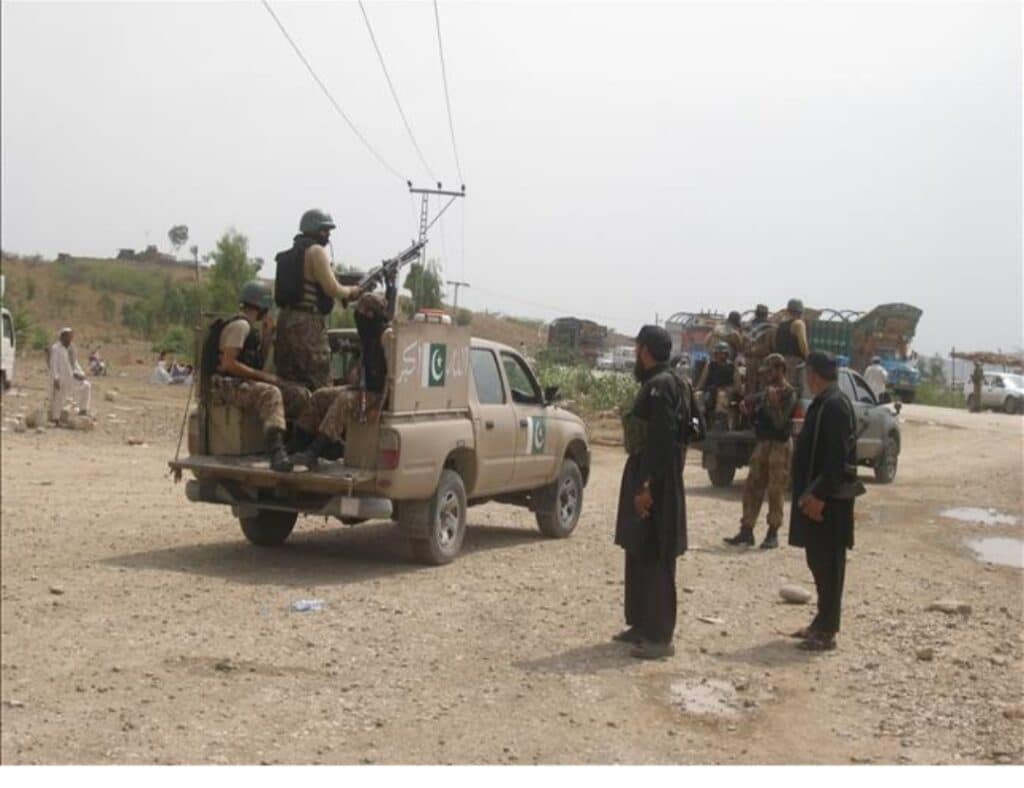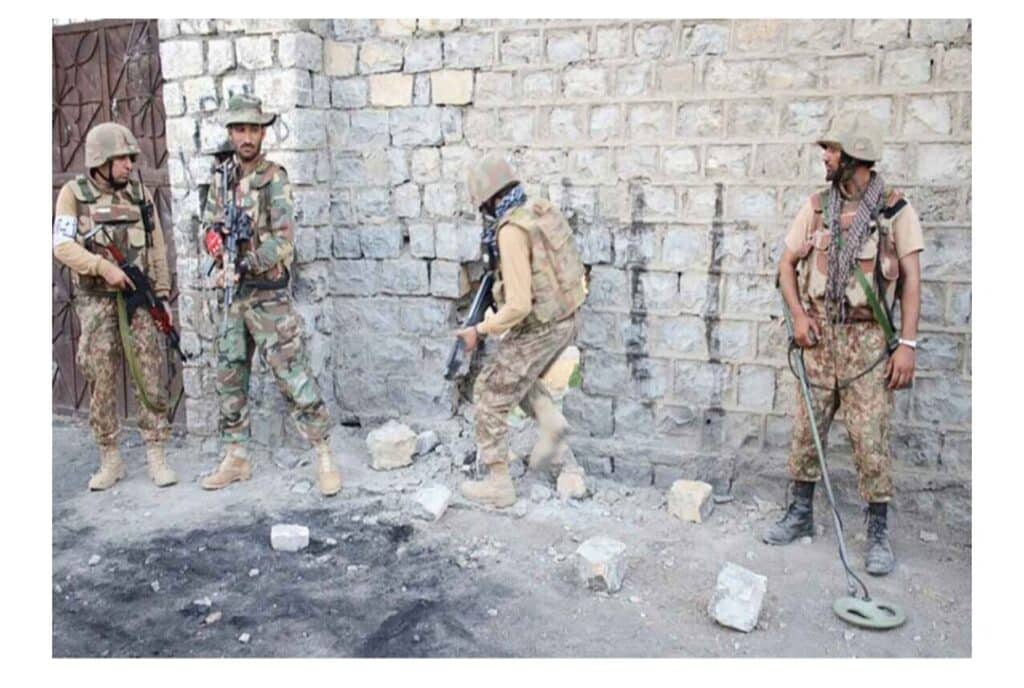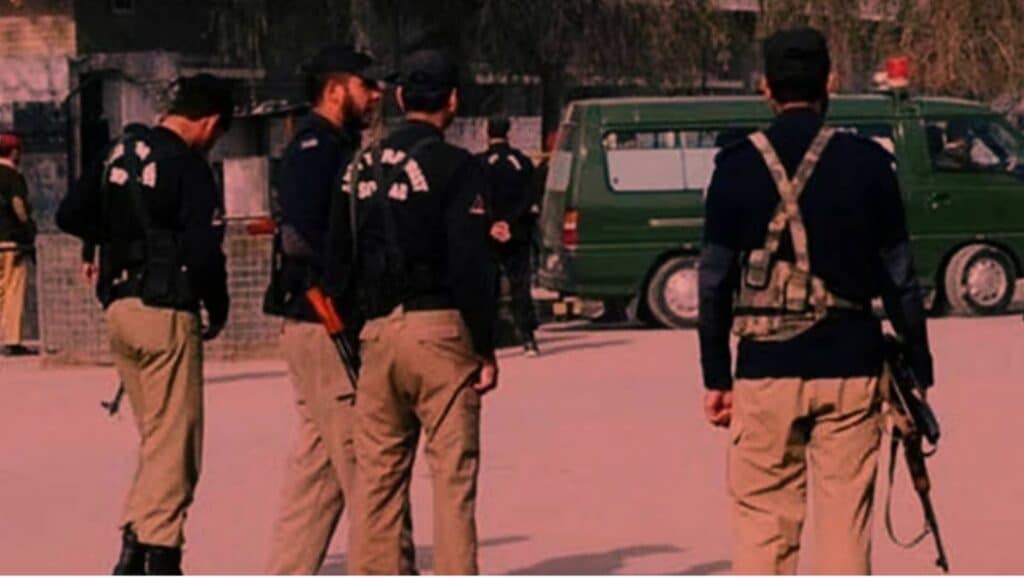A recent technical meeting co-chaired by Afghanistan’s Ministry of Refugees and Repatriation and the United Nations Assistance Mission in Afghanistan (UNAMA) has drawn criticism for exposing the Afghan government’s heavy reliance on international aid to address the growing crisis of refugees and internally displaced persons (IDPs).
While the Islamic Emirate’s officials, including the Refugees Minister, voiced concerns over the forced return of nearly 800,000 Afghans from Pakistan since late 2023, observers note that little has been done domestically to prepare for or support these returnees.
The Minister criticized Pakistan’s deportations but failed to present a clear reintegration plan or sustainable solution for the displaced. Instead, the burden continues to fall on international donors and aid agencies, who reportedly spent $183 million in 2023 alone to cover humanitarian gaps—many of which stem from the government’s limited institutional capacity and lack of forward planning.
Calls for increased shelter, employment, and reintegration support were made, but critics argue these demands come without meaningful government initiatives or reforms. Despite millions of dollars in aid, unemployment, poverty, and inadequate infrastructure remain rampant in key provinces where returnees are resettled.
International organizations, including various UN agencies and NGOs, were left to present their action plans, while Afghan government representatives primarily echoed needs without offering accountability or clear mechanisms for transparency in aid distribution.
The Afghan ministries of health, education, economy, and others shared limited updates on services provided, yet coordination, data-sharing, and execution remain weak, according to humanitarian sources familiar with the situation.
As forced returns continue and humanitarian pressure builds, many question whether the Islamic Emirate is capable—or willing—to take real ownership of the refugee crisis, or if it will continue to depend on foreign agencies to manage its internal displacement challenges.





